What is the sand pump shaft?
Mar 19, 2025
The sand pump shaft is one of the key components of the sand pump. The following is a detailed introduction from various aspects:
Ⅰ. Sand Pump Shaft
Structural Features
The sand pump shaft is usually in the form of a slender cylindrical structure, with both ends connected to the sand pump impeller and the driving device (such as an electric motor) respectively. Generally, there are shaft shoulders for installing the impeller, keyways for fixing the impeller, and parts for installing bearings on the shaft. Some sand pump shafts may also have seal journals for installing mechanical seals or packing seals to prevent the leakage of the medium.
Functions
Power Transmission: Transmit the rotational power of the driving device such as the electric motor to the impeller, making the impeller rotate at a high speed, thus realizing the transportation of media such as mortar.
Impeller Support: Provide stable support for the impeller, ensure the accurate central position of the impeller during the rotation process, and prevent the impeller from rubbing or colliding with the sand pump casing.
Load Bearing: Bear the radial force, axial force from the impeller, and vibration loads caused by factors such as uneven medium flow.
Material Selection
Common Carbon Steel: Such as Q235, etc., which has certain strength and toughness and a relatively low cost. However, it is relatively poor in wear resistance and corrosion resistance, and is suitable for occasions where the sand content of the conveyed medium is low and the corrosiveness is not strong.
Alloy Steel: Such as 40Cr, 35CrMo, etc., which has high strength, hardness, and wear resistance, as well as good toughness. It can withstand large loads and wear, and is suitable for conveying media with high sand content and large particle hardness.
Stainless Steel: Such as 304, 316L, etc., which has good corrosion resistance and certain wear resistance. It is widely used in sand pumps in some environments with corrosive media, such as the chemical industry and electroplating industry.
Special Alloys: For some special working conditions, such as high temperature, high pressure, and strong corrosion environments, some special alloy materials, such as nickel-based alloys and titanium alloys, will also be used to meet the requirements of the sand pump shaft under extreme conditions.
Technical Requirements
Dimensional Accuracy: The dimensional accuracy of each part of the sand pump shaft is required to be high, such as the tolerance of the shaft diameter, roundness, and coaxiality, etc., to ensure the fitting accuracy with components such as the impeller and bearings, and ensure the normal operation of the pump.
Surface Roughness: The surface roughness of the shaft directly affects the friction loss and sealing performance with other components. Generally, the surface roughness of the shaft journal and the sealing part is required to be low to reduce wear and leakage.
Hardness Requirements: According to different materials and working conditions, the sand pump shaft needs to meet certain hardness requirements to improve its wear resistance and fatigue resistance. For example, for the sand pump shaft conveying high-hardness sand particles, its hardness is usually required to be around HRC40 - 50.
Straightness: The straightness of the shaft should be controlled within a certain range. Otherwise, problems such as impeller eccentricity and uneven bearing force will occur, affecting the performance and service life of the pump.
Maintenance Points
Regular Inspection: Regularly check the wear condition of the sand pump shaft, especially in the easily worn places such as the impeller installation part, the bearing part, and the sealing part. It can be checked by measuring the shaft diameter and observing the surface wear marks.
Lubrication Maintenance: Ensure good lubrication of the bearing and other parts, and add or replace the lubricating grease or lubricating oil according to the specified cycle and requirements. Good lubrication can reduce friction, and reduce the wear and heating of the shaft.
Seal Maintenance: Check whether the sealing device is in good condition, and deal with any leakage in time. Prevent the medium leakage from corroding and wearing the shaft, and at the same time avoid environmental pollution and material loss caused by the leakage.
Overload Prevention: During the use process, avoid the overload operation of the sand pump to prevent the shaft from bearing excessive loads, resulting in the deformation or damage of the shaft.
Storage Requirements: If the sand pump shaft needs to be stored for a long time, anti-rust measures should be taken, such as applying anti-rust oil, wrapping moisture-proof materials, etc., and it should be placed in a dry and ventilated place to prevent the shaft from rusting and deforming.
The requirements for the sand pump shaft may vary in different application scenarios. When selecting a high-quality sand pump shaft, it is necessary to comprehensively consider specific working conditions, medium characteristics, conveying requirements, and other factors to ensure the stable operation and efficient work of the sand pump.
Ⅱ. Selecting a sand pump shaft suitable for a specific application scenario requires considering multiple factors. The following are some key points:
1.Medium Characteristics
Particle Size and Hardness: If the conveyed medium contains large and hard sand particles, such as quartz sand, etc., a material with good wear resistance, such as cemented carbide or an alloy steel shaft with a specially hardened surface treatment, should be selected to resist the erosion and wear of the sand particles.
Corrosiveness: When the medium is corrosive, such as in some chemical industries or seawater environments, a corrosion-resistant material, such as a stainless steel shaft, should be selected, or the surface of the shaft should be subjected to anti-corrosion treatment, such as nickel plating, chrome plating, or spraying an anti-corrosion coating.
Concentration: When the sand particle concentration in the medium is high, it will increase the wear degree of the shaft. The shaft needs to have better wear resistance and strength, and a shaft with a larger diameter and better material can be selected to bear a greater load.
2.Working Conditions
Temperature: For sand pumps working in high-temperature environments, the material of the shaft should have good thermal stability and be able to withstand high temperatures without deformation or performance degradation. For example, in geothermal development or some high-temperature industrial processes, a special alloy shaft with high temperature resistance may be required.
Pressure: For sand pumps operating under high pressure, the shaft needs to have sufficient strength and stiffness to withstand the pressure and prevent bending or fracture. Usually, high-strength alloy steel will be selected, and the structural design and dimensions of the shaft will be optimized according to the magnitude of the pressure.
Rotation Speed: When the rotation speed of the sand pump is high, the shaft will be subjected to a large centrifugal force and vibration. This requires the shaft to have good dynamic balance performance and fatigue resistance. The requirements can be met by improving the manufacturing accuracy of the shaft, conducting dynamic balance tests, and selecting appropriate materials.
3.Pump Type and Specification
Pump Type: Different types of sand pumps, such as centrifugal sand pumps and plunger sand pumps, have different requirements for the shaft. The shaft of a centrifugal sand pump mainly bears radial force and torque, while the shaft of a plunger sand pump also needs to bear a large axial force. Therefore, when selecting the premium quality sand pump shaft, the force characteristics of the shaft should be considered according to the type of the pump.
Pump Specification: Large-specification sand pumps usually require a shaft with a larger diameter and higher strength to transmit power and support the impeller. According to the parameters of the pump such as power, flow rate, and head, the minimum diameter of the shaft and the required strength grade can be determined.
4.Installation and Maintenance Requirements
Installation Method: The structural design of the shaft should be convenient for installation and disassembly. For example, a reasonable connection method such as a shaft shoulder, keyway, or spline should be adopted to facilitate the assembly of components such as the impeller and bearings. At the same time, the limitations of the installation space should be considered, and the appropriate length and external dimensions of the shaft should be selected.
Maintenance Convenience: Select a shaft that is easy to maintain, such as a shaft with a simple surface treatment process and good repairability. In addition, the lubrication and sealing methods of the shaft should also be considered to ensure that maintenance and upkeep can be carried out conveniently during the operation process, reducing downtime.
5.Cost and Reliability
Cost: On the premise of meeting the requirements of the application scenario, cost factors should be comprehensively considered. The prices of sand pump shafts with different materials and manufacturing processes vary greatly, and suitable products should be selected according to the project budget. However, the quality and reliability of the shaft should not be sacrificed just to reduce costs. Otherwise, it may lead to frequent repairs and replacements, increasing the overall cost.
Reliability: Select brands and suppliers with a good reputation and quality assurance to ensure the reliability and stability of the sand pump shaft. The usage experience and evaluations of other users can be referred to, or the supplier can be required to provide relevant test reports and quality certifications.
In conclusion, selecting a sand pump shaft suitable for a specific application scenario requires comprehensively considering multiple factors such as medium characteristics, working conditions, pump type and specification, installation and maintenance requirements, as well as cost and reliability. Through the analysis and trade-off of these factors, the most suitable sand pump shaft can be selected to ensure that the sand pump can operate stably and efficiently for a long time in a specific application scenario.
Ⅲ. Various faults may occur during the use of the sand pump shaft. The following are some common faults and their causes:
Wear
Wear at the Fitting Part between the Impeller and the Shaft: Usually, it is caused by the insecure installation of the impeller on the shaft, which causes a slight displacement during operation, or the sand particles in the medium enter the fitting gap, resulting in friction and wear, causing the shaft diameter to become smaller, affecting the normal operation of the impeller and the performance of the pump.
Shaft Journal Wear: The shaft journal is the part that fits with the bearing. During long-term operation, due to reasons such as poor lubrication, improper bearing installation, and shaft vibration, the surface of the shaft journal will be worn, destroying the fitting accuracy between the shaft and the bearing, causing the bearing to heat up, the vibration to intensify, and even damaging the bearing.
Shaft Surface Wear: When the sand pump conveys the sand-containing medium, the surface of the shaft is directly in contact with the medium. The erosion of the sand particles will gradually wear the surface of the shaft, reducing the strength and wear resistance of the shaft. In severe cases, it may lead to the fracture of the shaft.
Corrosion
Chemical Corrosion: When the medium conveyed by the sand pump is corrosive, such as acid, alkali, salt, and other solutions, the material of the shaft will chemically react with the medium, resulting in the corrosion of the shaft surface, and the appearance of corrosion marks such as rust spots and pitting, reducing the surface quality and strength of the shaft.
Deformation
Bending Deformation: It may be caused by the improper adjustment of the concentricity of the shaft during the installation of the sand pump, or by the uneven external force during the operation process, such as the imbalance of the impeller, the stress transfer of the pipeline, etc., resulting in the bending deformation of the shaft. The bending of the shaft will cause the impeller to rub against the pump casing, increasing the vibration and noise, and also affecting the service life of the bearing.
Torsional Deformation: When the sand pump is starting or stopping, or encountering sudden load changes, the shaft will bear a large torque. If the torque exceeds the bearing capacity of the shaft, torsional deformation may occur. In addition, motor faults, transmission system faults, etc. may also cause the shaft to bear abnormal torque, resulting in torsional deformation.
Fracture
Fatigue Fracture: The sand pump shaft will generate fatigue cracks under the long-term action of alternating stress. These cracks will gradually expand, and when the cracks expand to a certain extent, the shaft will fracture. Fatigue fracture usually occurs at the stress concentration parts of the shaft, such as the shaft shoulder, keyway, thread, etc.
Overload Fracture: If the sand pump encounters unexpected overload situations during operation, such as a sudden increase in the viscosity of the medium, the impeller being stuck by foreign objects, etc., the load borne by the shaft exceeds its ultimate strength, and overload fracture will occur. This kind of fracture usually occurs suddenly without obvious signs.
The faults of the sand pump shaft will affect the normal operation of the sand pump. Therefore, it is necessary to regularly inspect and maintain the sand pump shaft, discover and deal with potential problems in a timely manner, so as to extend the service life of the sand pump shaft and ensure the reliable operation of the sand pump.
Ⅳ. The dynamic balance accuracy of the sand pump shaft has multiple important impacts on the performance of the pump, as follows:
Vibration and Noise
When the dynamic balance accuracy is high, the vibration generated when the sand pump shaft rotates is small. Because good dynamic balance means that the mass distribution of each part of the shaft is uniform, and the resultant centrifugal force during rotation is close to zero, and no large periodic exciting force will be generated. This helps to reduce the overall vibration of the pump, lower the noise level, make the pump run more smoothly and quietly, reduce the noise pollution to the surrounding environment, and is also beneficial to extending the service life of the pump and its auxiliary equipment.If the dynamic balance accuracy is poor, the shaft will generate a large centrifugal force due to uneven mass distribution during rotation, thus causing strong vibration and noise. This vibration will not only affect the working environment of the operators but also may cause the loosening of the pump components, increased wear, and even trigger equipment failures.
Bearing Wear
The sand pump shaft with high dynamic balance accuracy can make the bearing load uniform. Due to the stable rotation of the shaft, the radial force and axial force acting on the bearing are relatively stable and within the design range, and the contact stress between the balls or rollers and the raceway of the bearing is uniform, so the wear is also uniform and slow, which can effectively extend the service life of the bearing, reduce the maintenance cost and downtime.
When the dynamic balance accuracy is insufficient, the vibration of the shaft will make the bearing bear additional alternating loads, resulting in uneven wear between the balls or rollers and the raceway inside the bearing, shortening the service life of the bearing, and increasing the frequency of bearing replacement and maintenance workload.
Impeller Wear
When the dynamic balance accuracy of the sand pump shaft is high, the impeller can maintain the correct rotation posture and position under the drive of the stable shaft, the gap between the impeller and the pump casing is uniform, and the flow of the medium such as mortar around the impeller is also relatively stable. The wear of the impeller is relatively uniform, and the local wear will not be aggravated due to the vibration of the shaft, thus extending the service life of the impeller and ensuring the conveying efficiency of the pump.
The shaft with poor dynamic balance will make the impeller swing during rotation, resulting in changes in the gap between the impeller and the pump casing, turbulent flow of the medium, and the impeller will be subjected to greater impact and wear locally, thereby affecting the performance of the impeller, reducing the head and flow rate of the pump, and increasing energy consumption.
Pump Efficiency
The high dynamic balance accuracy of the sand pump shaft helps to improve the efficiency of the pump. Because the stable rotation of the shaft enables the impeller to efficiently transmit mechanical energy to the medium, reducing the efficiency reduction caused by vibration and energy loss. The flow of the medium in the pump is smoother, and the hydraulic loss is reduced, so that the pump can output more flow rate and head under the same input power, improving the overall efficiency of the pump.
Poor dynamic balance accuracy will make the pump consume more energy to overcome vibration and unstable factors during operation, resulting in increased energy loss and reduced pump efficiency. This will not only increase the energy consumption cost but also may affect the efficiency and economy of the entire process flow.
Read More





 Language :
Language : English
English Русский
Русский عربي
عربي
 GET A QUOTE
GET A QUOTE

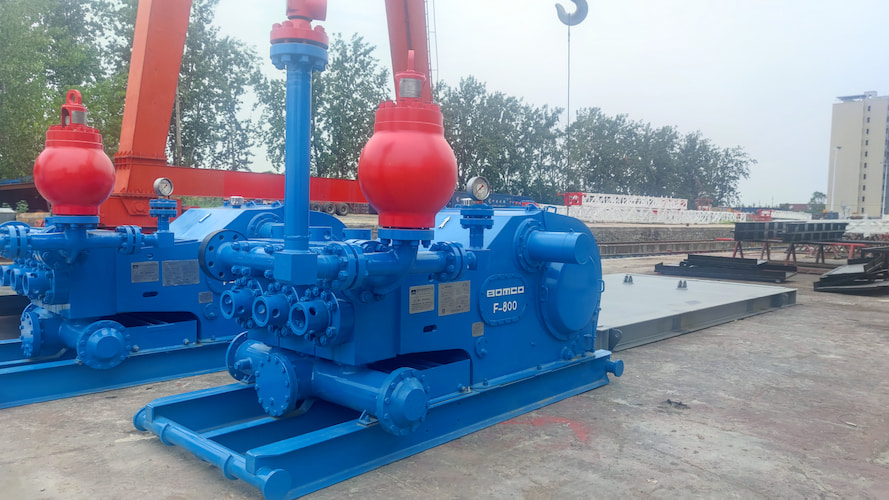
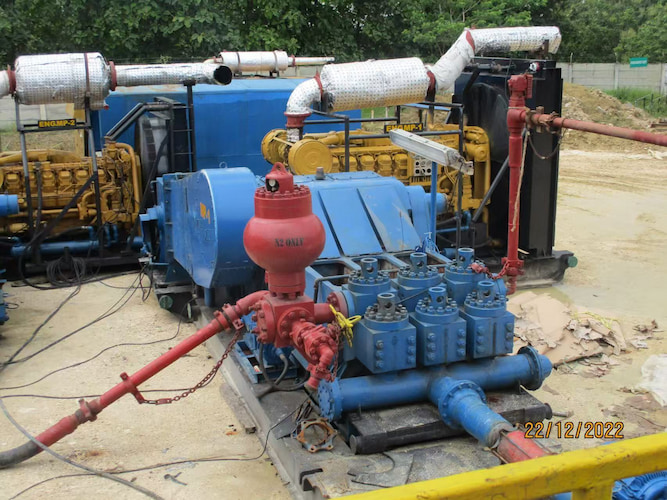
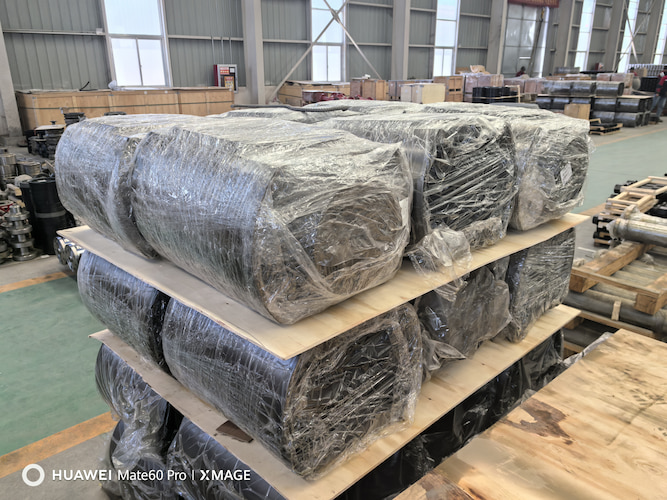
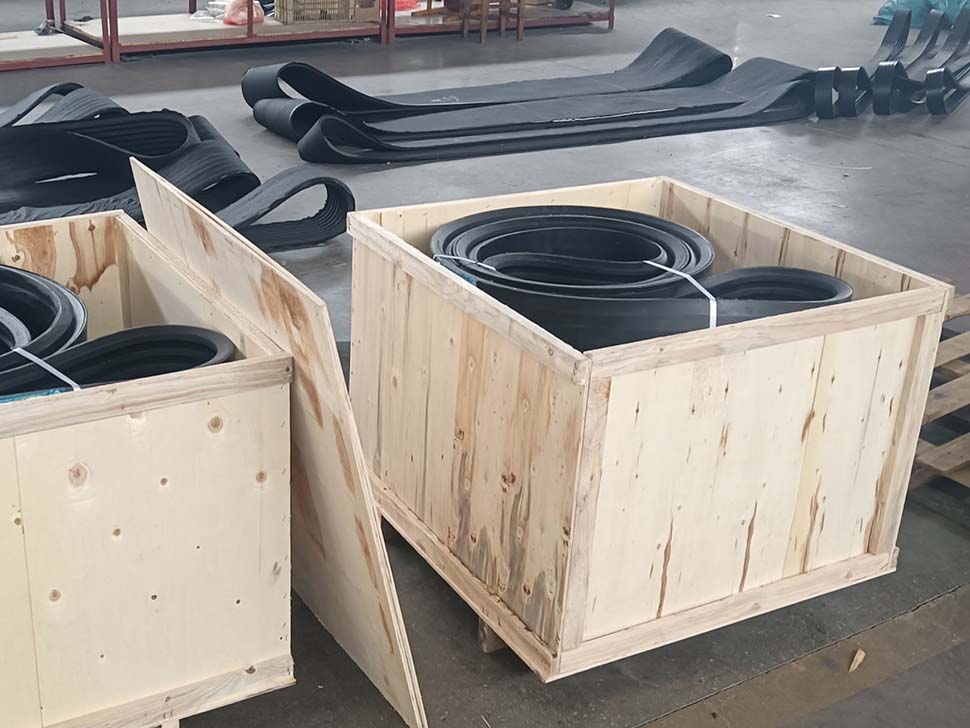
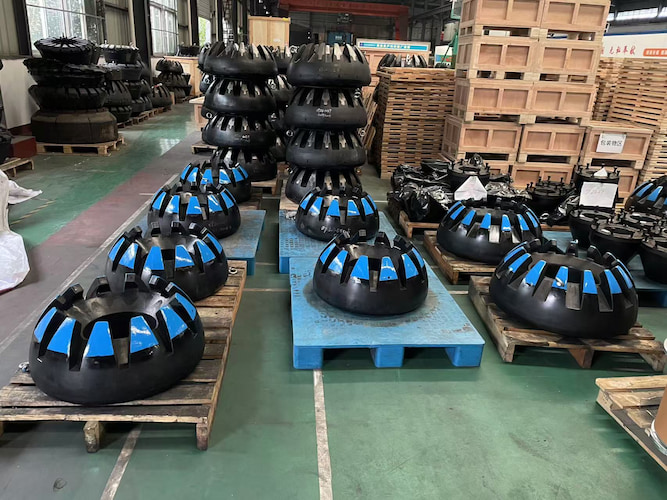
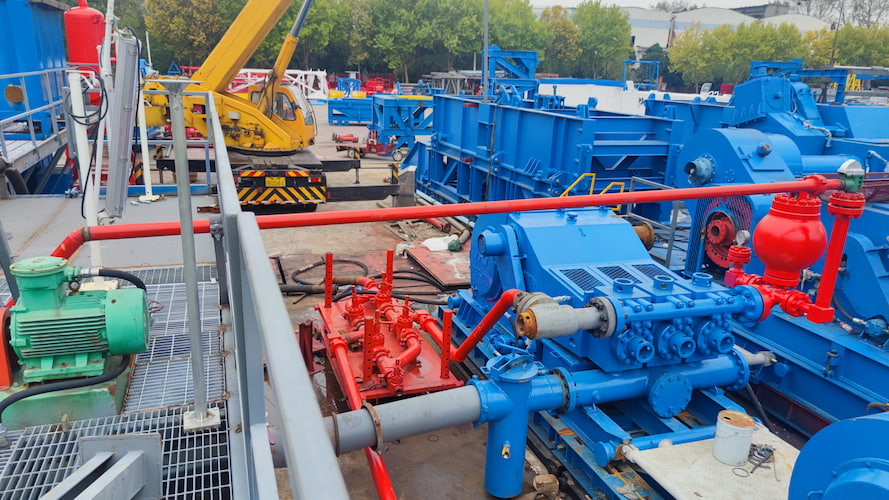
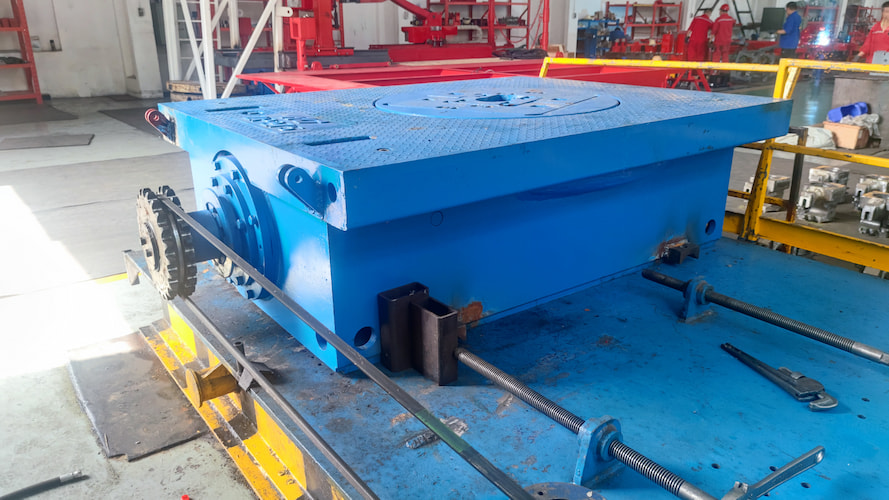
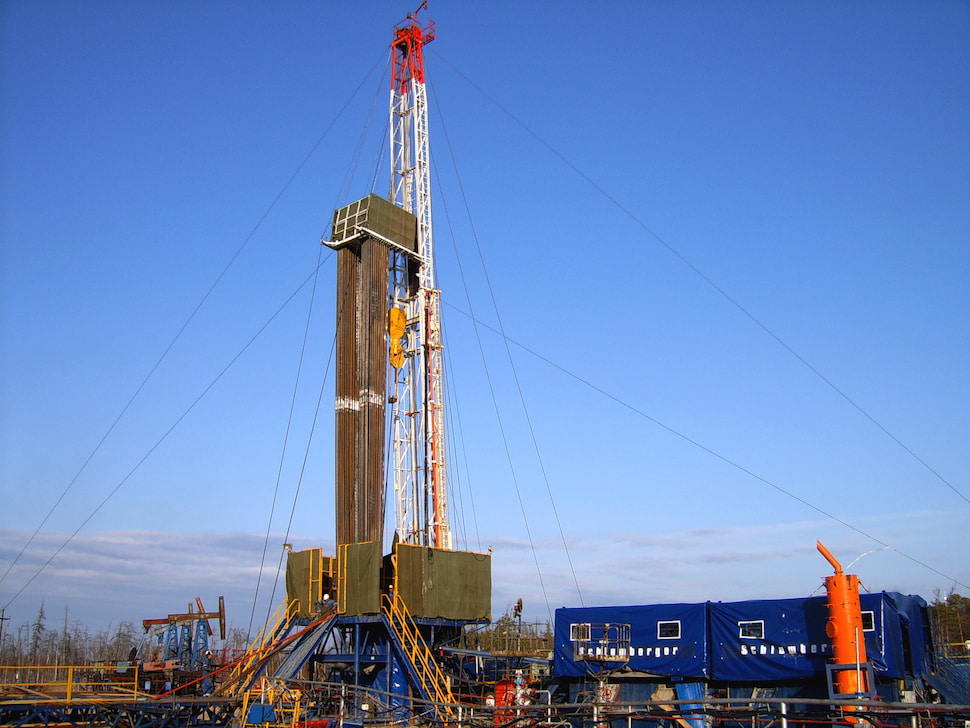
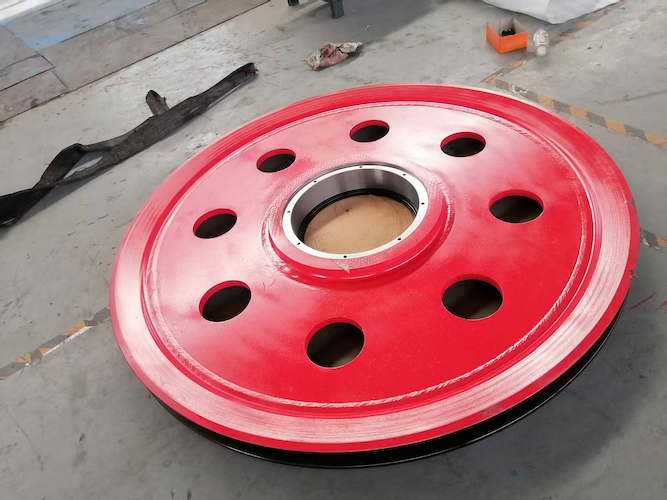
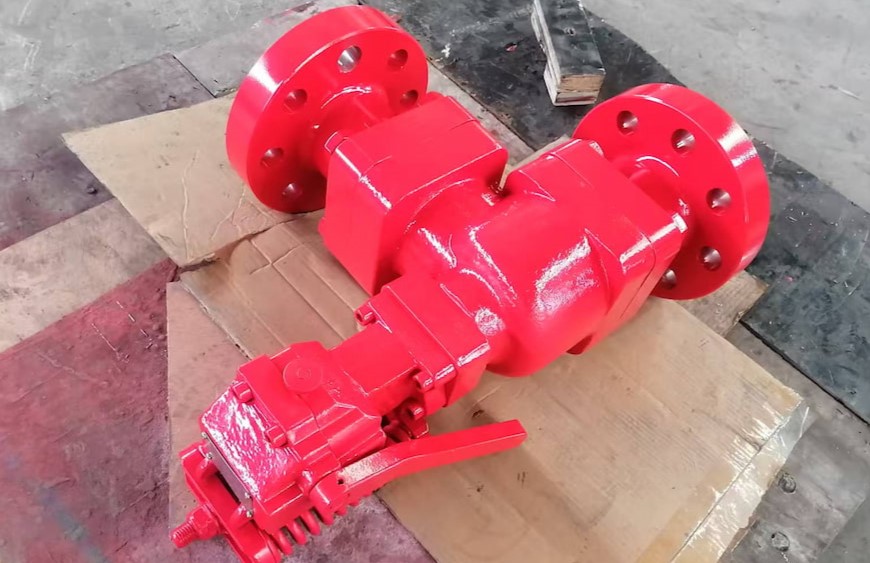
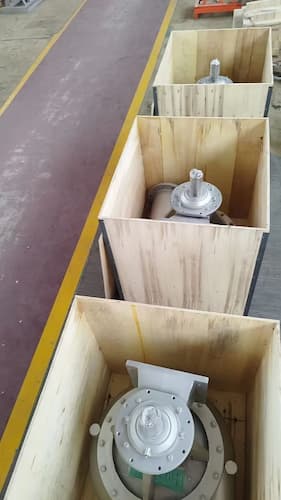
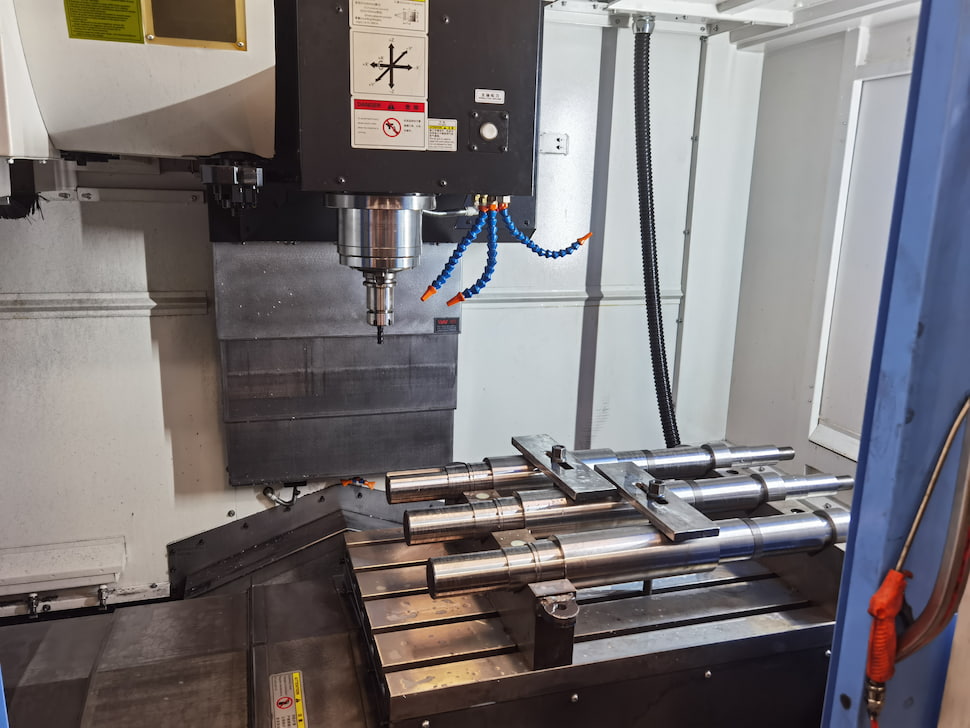

 IPv6 network supported
IPv6 network supported